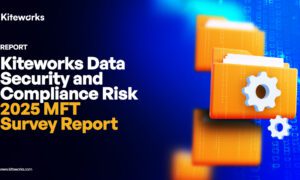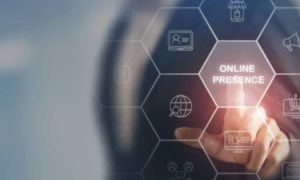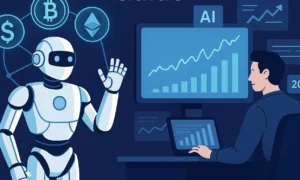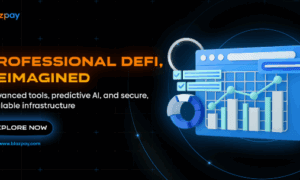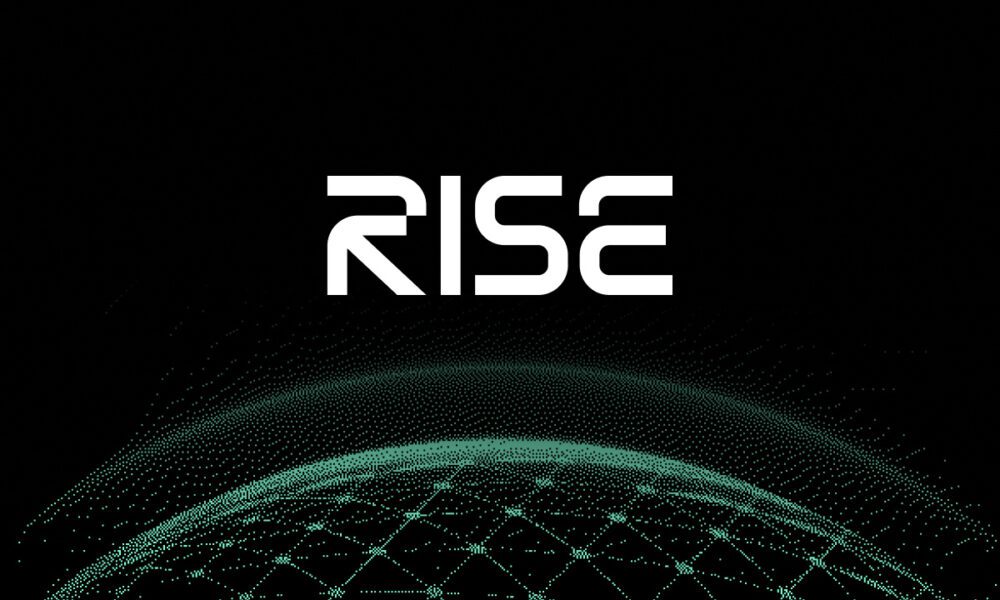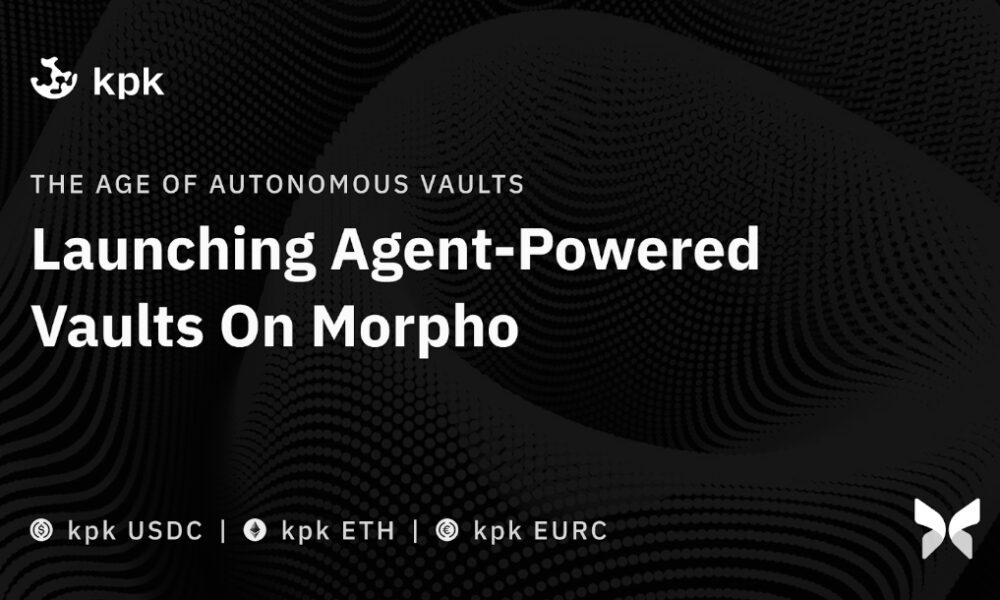Over the past decade, marketers have been trained to optimize for clicks. Rank high, attract traffic, convert the visitors — that was the formula. But in 2025, the formula is breaking down. Users are no longer discovering brands through lists of blue links. They are getting direct answers, comparisons, and recommendations from AI systems long before they ever reach a website.
This shift raises a critical question: If AI models increasingly make decisions before the click — how do brands ensure they’re included in those decisions?
A recent article from Geoleaper, “Entity SEO in the Age of AI,” offers one of the clearest explanations I’ve seen. It frames Generative Engine Optimization (GEO) not as a niche technical practice, but as a direct growth lever for trust, visibility, and conversion.
After reading their breakdown, I want to highlight some of the ideas that stood out — and expand on why they matter for any business that expects to compete in an AI-driven web.
AI Search Isn’t Sending Traffic — It’s Sending Recommendations Traditional SEO assumes the user lands on your website before deciding. AI-driven search flips that completely.
When someone asks: “What’s the best plugin for X?” “Which tool automates Y?” “How do I improve Z?”
…they’re not being shown 10 links anymore. They’re getting a final answer — a recommendation.
As Geoleaper’s article explains, AI systems act as advisors, researchers, and filters. But they will only recommend what they can understand, verify, classify, and trust.
This is where GEO becomes essential. If your structured data is inconsistent, incomplete, or detached from your content, AI simply ignores you — even if your product is genuinely better.
And if you’re not included in AI-generated recommendations, you’re invisible.
Why GEO Directly Improves Conversions Here’s the surprising part: AI reduces click volume but increases click intent.
When someone reaches your website after an AI recommendation, they’re already warm. They already trust you. They already believe you’re one of the right solutions.
This means higher engagement, higher conversions, lower bounce rates, and shorter decision cycles.
But this only happens if your website is machine-readable in the first place. Geoleaper breaks this down well: accurate product definitions, clear service descriptions, consistent entity relationships, and verifiable brand data increase how often AI systems choose you.
Better structured data leads to more AI recommendations, which leads to better traffic, which leads to more revenue.
GEO Is Also a Trust Engine — Not Just a Visibility Engine AI systems don’t see your design, landing pages, or testimonials. They see authorship data, organizational identity, content structure, entity connections, and external validation (LinkedIn, Crunchbase, Wikipedia, etc.)
Humans trust feelings. Machines trust structure.
The better your schema expresses who you are, what you do, and how your content relates, the more credible you become in the AI ecosystem.
GEO Is the Future of Brand Positioning SEO used to be about keywords and backlinks. GEO is about entities and knowledge graphs.
If AI models can’t accurately place your brand inside the concepts you want to own — they simply won’t associate you with them.
GEO makes these relationships explicit so AI systems begin to contextualize your brand correctly.
Automation Is the Only Sustainable Path Manually maintaining structured data on a growing website is nearly impossible. Schema breaks when content changes. Updates and new articles require re-alignment. Standards evolve.
This is why automated GEO platforms — like Geoleaper — are emerging as essential infrastructure. They continuously update, validate, and align structured data so your brand stays machine-ready 24/7.
Final Thoughts If AI models are becoming the new gatekeepers of digital discovery, then GEO is the new way brands get chosen.
Geoleaper’s article captures this transformation well:
https://geoleaper.com/entity-seo-in-the-age-of-ai/
In a world where AI decides long before the user arrives, GEO is no longer a technical side-project. It’s a strategic advantage — and the brands that embrace it now will own the recommendations of tomorrow.


